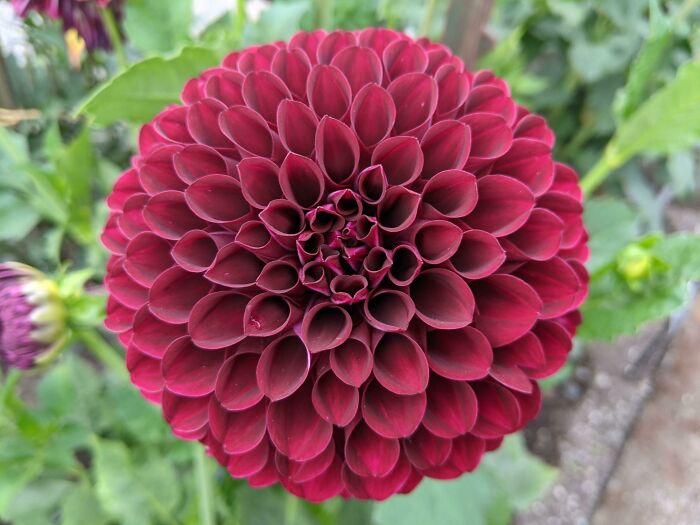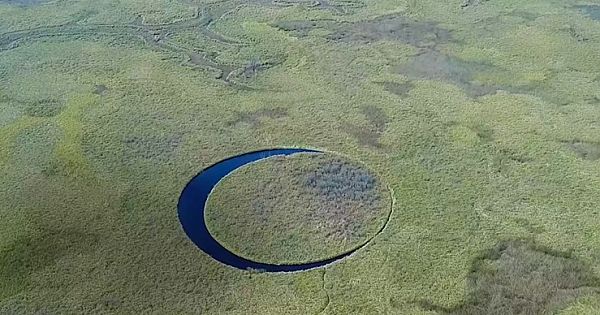16 Pretty Images Of Nature That Are Perfect Examples Of Geometrical Symmetry
Symmetry is apparently key to things looking attractive. This perfection is seldom seen in nature as environmental and evolutionary factors often cause imbalance. Pro Landscaper has decided to herald the few fabulous plants that’s where the beauty of symmetry is often seen. There’s an undeniable charm in symmetry – whether it’s architecture or art, we all appreciate a perfect order and form of things that are perfectly balanced.
This Nearly Perfect Dahlia I Spotted At A Local Park. Dahlia is a genus of bushy, tuberous, herbaceous perennial plants native to Mexico and Central America. A member of the Compositae (also called Asteraceae) family of dicotyledonous plants, its garden relatives thus include the sunflower, daisy, chrysanthemum, and zinnia. There are 42 species of dahlia, with hybrids commonly grown as garden plants. Flower forms are variable, with one head per stem; these can be as small as 5 cm (2 in) diameter or up to 30 cm (1 ft) ("dinner plate"). This great variety results from dahlias being octoploids—that is, they have eight sets of homologous chromosomes, whereas most plants have only two. In addition, dahlias also contain many transposons—genetic pieces that move from place to place upon an allele—which contributes to their manifesting such great diversity. The stems are leafy, ranging in height from as low as 30 cm (12 in) to more than 1.8–2.4 m (6–8 ft). The majority of species do not produce scented flowers. Like most plants that do not attract pollinating insects through scent, they are brightly colored, displaying most hues, with the exception of blue. The dahlia was declared the national flower of Mexico in 1963.[4] The tubers were grown as a food crop by the Aztecs, but this use largely died out after the Spanish Conquest. Attempts to introduce the tubers as a food crop in Europe were unsuccessful.




